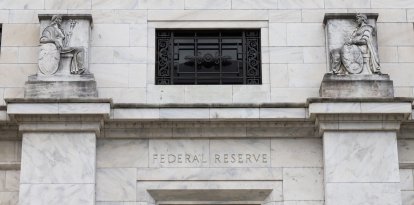Americans spend $680 more per month than two years ago to cover basic needs
Despite the decline in inflation reflected in data released by the Bureau of Labor Statistics in October, households still are still spending more money covering basic needs.

(Pexels)
Data released by the Bureau of Labor Statistics (BLS) showed a significant drop in the Consumer Price Index (CPI) in the month of October. However, this does not seem to be reflected in Americans' pockets.
Households are still spending more money to cover their basic needs. In October, Americans had to pay $205 more than a year ago to pay for the same goods and services. However, they are paying $680 a month more than two years ago (2021) to cover their daily expenses, according to new calculations by Moody's Analytics chief economist, Mark Zandi, reviewed by Fox.
Inflation falls, but Americans still feeling effects
The Department of Labor reported that the CPI stood at 3.2% year-over-year in the month of October. The figure marks a decrease of 0.5% compared to September (when it stood at 3.7% and had suffered an increase of 0.4% compared to August).
Core inflation, an index of all items except food and energy, fell one tenth of a point to 4% last month (after standing at 4.1% in September). According to the report: "Indexes which increased in October include rent, owners' equivalent rent, motor vehicle insurance, medical care, recreation, and personal care. The indexes for lodging away from home, used cars and trucks, communication, and airline fares were among those that decreased over the month."
The energy index fell 2.5% in October (due to the 5% drop in gasoline prices). The average price of electricity and gas increased by 0.3% and 1.2%, respectively. The index that measures food prices was another of those that rose last month. According to the report, this "increased 0.3% in October, above the 0.2% of the previous month, with increases of 0.3% for food at home."
Consumer Price Index Summar... by Veronica Silveri
Zandi's analysis suggests "that while inflation has fallen from the highs of mid-2022, many households have yet to see material relief." Despite the decrease in costs reflected in the BLS report, when comparing the data with that of January 2021, "prices remain up a stunning 17.62%."

























